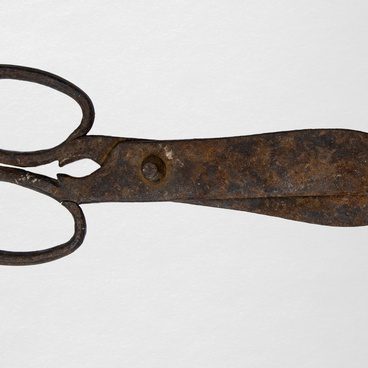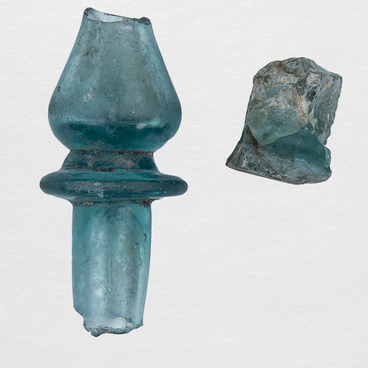The word “brick” is borrowed from the Turkic languages. From ancient times, bricks were made of clay and then fired in a kiln. This building material was used by architects in Egypt in the second millennium BC, as well as in Mesopotamia and ancient Rome, where complex structures such as arches and domes were built. Brick shapes in Ancient Rome varied: manufacturers fired both rectangular blocks and cylindrical ones. Sometimes rectangular bricks were cut into six or eight triangles. Such bricks were used to build a shaped masonry.
The buildings made of fired bricks in Russia began to be built in the 15th century. Before bricks, plinthiform bricks (thin rectangular clay plates) were used. A plinthiform brick was 2-2.5 centimeters thick. It was made in special wooden molds. Plinthiform bricks were dried for two weeks and then they were sent to the kiln for firing. Each plinthiform brick manufacturer would brand their plinthiform bricks. In addition, a cheaper material was used — raw bricks. The chopped straw was added to the mass of clay and these blocks were dried but not fired.
The rectangular bricks, which are close to the modern bricks, appeared in the 16th century in England. This form was soon adopted by Russian manufacturers as well.
In Pogar, bricks were called in the Ukrainian manner — “tsegla”. They were made in special workshops called “tsegel’nya”. Each brick was branded by a master. The competition between the masters was very high. The most popular were bricks made by Grigory Keda and his brother Vasily. Grigory Keda branded his bricks with the letters “GK”, and his brother — with “VK”.
Bricks were used to make kilns and to build houses, market stalls and churches. The first stone church in Pogar, which received the status of a district town in the 18th century, was the new stone Trinity Church in 1787. It was built in the style of early classicism with elements of Ukrainian Baroque. The monumental building with a hexagonal dome base was covered with pilasters (an architectural element used to give the appearance of a supporting column and to articulate an extent of a wall) and a specially placed ornament. According to legend, during the construction of the temples, the Cossacks and burghers of Pogar formed a human chain and passed bricks from hand to hand from the tsegel’nya to the site where the construction was going on.
The buildings made of fired bricks in Russia began to be built in the 15th century. Before bricks, plinthiform bricks (thin rectangular clay plates) were used. A plinthiform brick was 2-2.5 centimeters thick. It was made in special wooden molds. Plinthiform bricks were dried for two weeks and then they were sent to the kiln for firing. Each plinthiform brick manufacturer would brand their plinthiform bricks. In addition, a cheaper material was used — raw bricks. The chopped straw was added to the mass of clay and these blocks were dried but not fired.
The rectangular bricks, which are close to the modern bricks, appeared in the 16th century in England. This form was soon adopted by Russian manufacturers as well.
In Pogar, bricks were called in the Ukrainian manner — “tsegla”. They were made in special workshops called “tsegel’nya”. Each brick was branded by a master. The competition between the masters was very high. The most popular were bricks made by Grigory Keda and his brother Vasily. Grigory Keda branded his bricks with the letters “GK”, and his brother — with “VK”.
Bricks were used to make kilns and to build houses, market stalls and churches. The first stone church in Pogar, which received the status of a district town in the 18th century, was the new stone Trinity Church in 1787. It was built in the style of early classicism with elements of Ukrainian Baroque. The monumental building with a hexagonal dome base was covered with pilasters (an architectural element used to give the appearance of a supporting column and to articulate an extent of a wall) and a specially placed ornament. According to legend, during the construction of the temples, the Cossacks and burghers of Pogar formed a human chain and passed bricks from hand to hand from the tsegel’nya to the site where the construction was going on.



